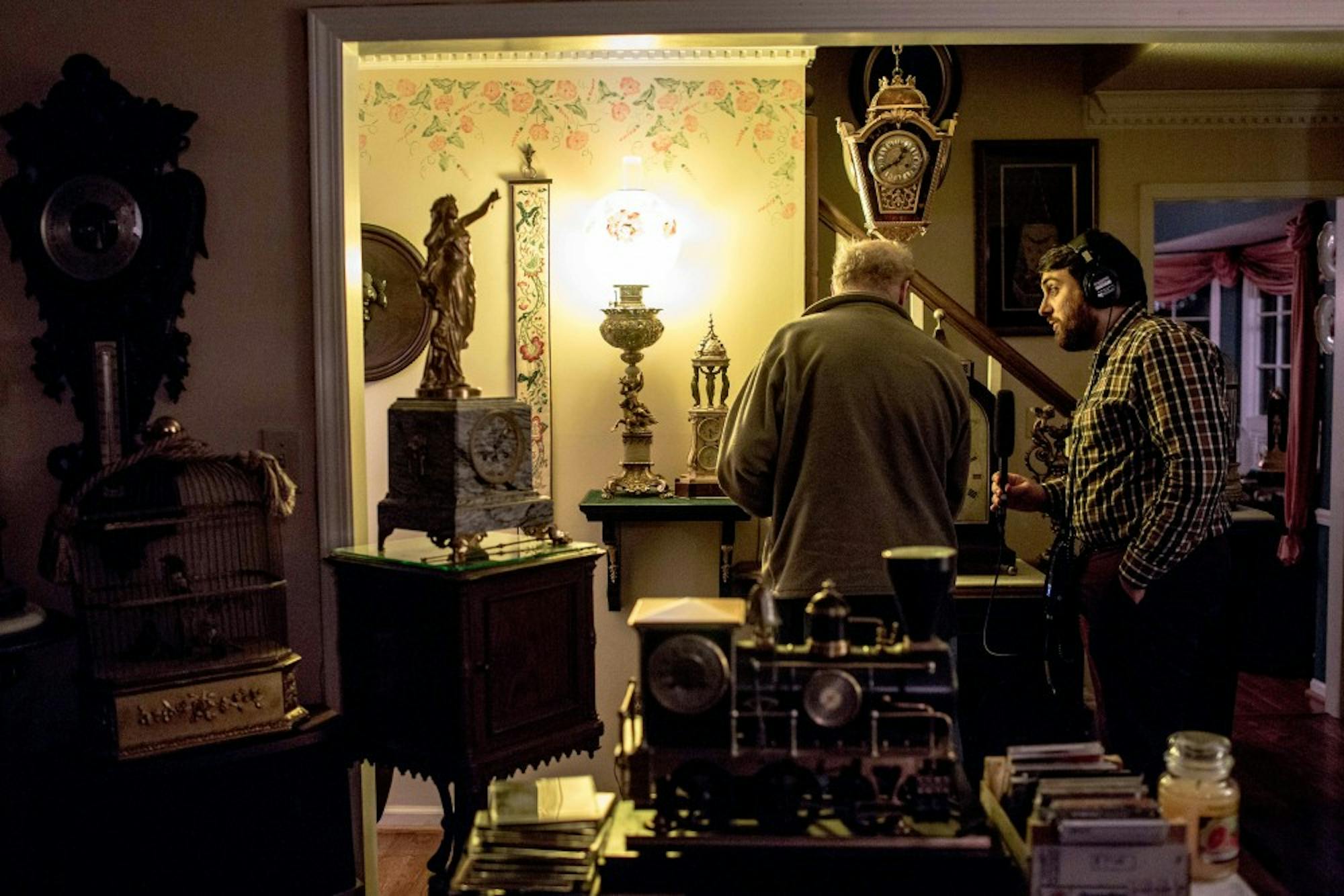S-Town, a podcast released in March 2017and hosted by “This American Life” producer Brian Reed begins as a true crime story. The direction of the podcast, which is produced by the company behind “Serial” and “This American Life”, soon shifts to become a complex character study and modern Southern gothic tale of an eccentric, brilliant and troubled man named John B. McLemore, who is a resident of Woodstock, Alabama.
Brian Reed began reporting the story in 2014, when he was asked by McLemore to come down to Alabama to investigate an alleged murder. The town gossip was that a son of a wealthy lumber family had bragged that he had killed a man. Reed arrives in the town McLemore describes as filled with “proleptic decay and decrepitude” a year after receiving McLemore’s invitation via email. With little probing by Reed, the murder story turns out to be merely overblown town gossip. The narrative that follows is not a crime investigation, but a stunning story revolving around McLemore: brilliant maze builder, isolated queer figure and world-renowned clock-maker. He is Woodstock’s and Reed’s Southern gothic hero. Or is he a martyr? An antihero? A victim? In many gothic tales, these roles become blurred, and this story is no different.
Upon Reed’s arrival, McLemore shows the reporter the hedge maze he created. He takes Reed through one of the 64 possible solutions. Reed notes that McLemore takes him through a null set, a path with no way out, perhaps unintentionally, or perhaps to achieve a “literary” effect. In Greek mythology, Daedalus could barely escape his own maze after creating it to entrap the Minotaur. Daedalus, artful builder lost in his Cretan labyrinth; John B. McLemore, world renowned horologist, lost in his Alabamian maze. Reed interviews a past colleague of McLemore’s, who says McLemore can fix any antique clock and is one of the only people in the world who can gild clocks using an ancient technique involving mercury. McLemore made his own intricate timepieces, giving one to his old college chemistry professor. John B. McLemore: both creator and prisoner, Daedalus and Minotaur in one, a brilliant creator and craftsman imprisoned by his own hometown.
The podcast is peppered with classic literary motifs. John B. McLemore speaks in breathless, Faulkner-length sentences and falls into DeLillo-esque doomsday lists. Reed’s story involves clocks, a watchmaker, an alchemist, a sprawling garden, a hedge maze, a homoerotic relationship, an Oedipal relationship, hidden treasure, estranged cousins, a dilapidated house, a cauldron in the woods and a mad hatter. There are liars and truth-tellers and unreliable narrators. Reed is careful never to simplify, to mythologize nor to “literify” his story’s subjects or its setting. He conducts interviews with many sources, attempts to reveal the many sides of each of the people he studies. S-Town explores McLemore’s contradictions which render him human. Reed effectively establishes McLemore as too nuanced to be mythologized, even in death. Reed explores McLemore’s grandiosity and his pettiness, his crippling pessimism and world-saver mentality and his high intellect and carnal desires, with empathy and complexity.
Reed sometimes ventures into the dangerous territory of assumption rather than hard fact. There is one moment, regarding the buried treasure — recently deceased McLemore’s gold — during which Reed turns off the microphone at the request of the person he is interviewing. That person is Tyler Goodson, a last name all too fitting for John B. McLemore’s likable ne’er-do-well mentee and quasi-son. Though Reed does not reveal what Goodson tells him about the treasure, Reed constructs the episode and the listener’s perception of Goodson so that one can infer without too much mental exertion as to who is in possession of the gold. There is another moment where the podcast is undeniably voyeuristic, when Goodson plays for Reed (and the listener) the audio footage of some very private moments between Goodson and McLemore in McLemore’s last days. And this is how Reed’s narrative advances, straddling a thin line between voyeurism, investigative journalism and empathetic storytelling.
It’s true that fact is often stranger than fiction. In this case, the facts in this story read like the plot of a novel. However, should the intricacies of McLemore’s life have been broadcast on public radio, available in a seven-part series on the web? Many have called S-Town exploitative, and I’m not sure I disagree. How ethical was it for Reed to delve into the private sphere and life of John B. McLemore? To investigate his personal life and in turn expose and broadcast his sexuality and his family history? To speculate about the location of his hidden treasure? McLemore, as many have argued, was not capable of giving informed consent to Reed. Reed wove a story worthy of and in keeping with age-old literary traditions, but to what end?
John B. McLemore was a man who wrote rambling and intelligent theses about climate change, crime and cultural apathy. These documents were all saved on McLemore’s computer, and Reed was sent many of them during McLemore’s life, though they were otherwise unread by the wider public. Now that McLemore’s story has been told, listeners of S-Town can hear his proselytizing voice as they make their way through their own lives. McLemore was, after all, a real person with his own right to privacy and not a conjured novel character. In the end, don’t we all wish our own lives interested someone enough for that person to listen? If Reed’s podcast is indeed exploitative, then it is to an honorific effect rather than a sensationalized one. Captivating, nuanced and ripe for analysis, S-Town is well worth a listen.




